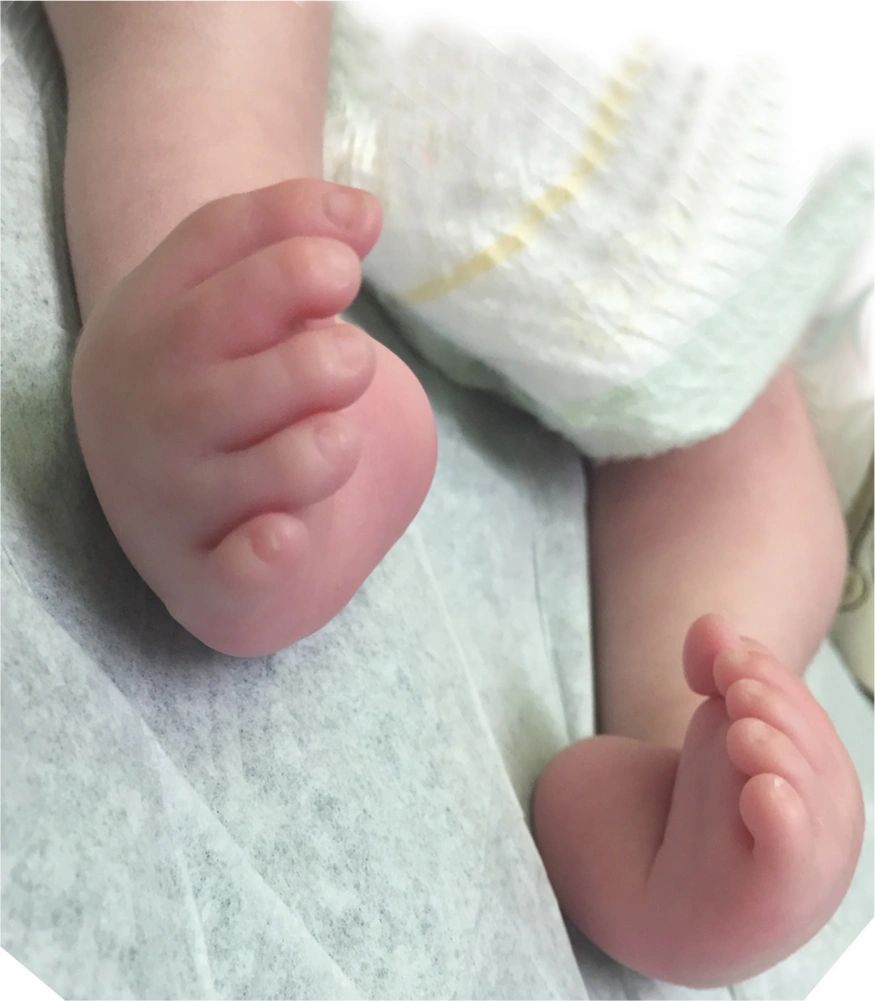hypermobility in babies arms
Benign hypermobility describes a child that has several joints that are more flexible than usual. Delayed motor development which may be persistent and laxity of ligaments have been documented in several studies but some researchers have not found such a link 16 19.
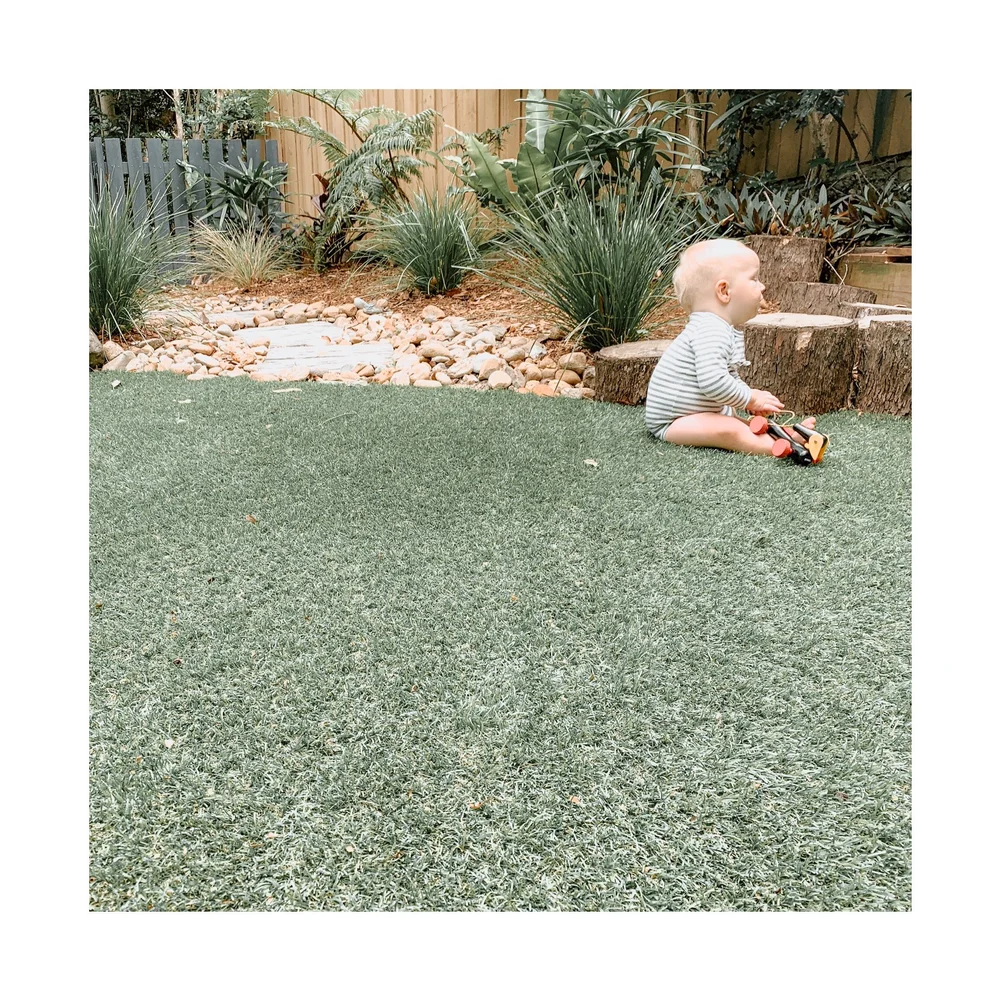
How To Recognise Joint Hypermobility In Your Child My Strong Little Body
It is sometimes referred to as being double jointed and is quite common about 1 in 10 people are hypermobile.

. Most children with hypermobile joints do not need support with everyday activities. Infants and newborns diagnosed with hypertonia have stiff muscles especially their arms legs and neck which can be difficult to move. This can be very common in children 10-15 and usually decreases with age.
The resistance you feel is your muscle tone. It occurs on average in 30 of the child population being more common in girls than in boys in a ratio of 3 to 1. The ability of a joint to move beyond its normal range of motion is joint hypermobility.
In joint hypermobility the tissue that connects the joint is more stretchy than usual. The slight tightness stiffness in the muscles of the hips and knees helps the newborn infant to lift the arms and legs up when kicking and reaching. The term generalised joint hypermobility GJH is used when a child has several joints that are more flexible than usual.
Hypermobility refers to an increased range of movement in multiple joints for their age. It is extremely common in children having being reported in 25 to 50 of those younger than 10 years of age. Your child has joint hypermobility if their joints are more flexible than usual for their age.
The older you are the less likely it is you will be hypermobile. Newborn hypermobile and pre-term infants lie with their legs and arms more extended and flat on the cot mattress. Infant hypermobility is a common asymptomatic condition in children under the age of 5 that causes joints to move outside their normal limits.
My 9 month old son has rolled over both ways could roll for England sit up unaided for many hours if he had to and can stand and bear weight for some time if I gentlyvery lightly hold him with one finger. The usual tightness of the hip and knee muscles is absent and the the hips and knees can be fully extended. Bone shape or the depth of the joint sockets.
The laxity in the joints and muscles means that it requires more effort to lift up the arms to reach for toys and kick the. Hypermobility is defined as an abnormally increased range of joint motion due to excessive laxity of the constraining soft tissues. In most people this causes no problems and does not require treatment.
It affects 7 10 of school age children in the UK. This means your joints are very flexible. These movements are sometimes identical and spontaneous.
It is not unusual to have a few hypermobile joints. The term generalised joint hypermobility GJH is used when a child has several joints that are more flexible than usual. Joint hypermobility is very common.
Muscle tone is the amount of resistance tension to movement in your muscles. Muscle tone or strength. Joint hypermobility in babies and children When you have joint hypermobility it means your joints are more flexible than in other people.
Colic Colic is a condition where a young baby cries for at least 3. It can be caused by. Joint hypermobility in babies and children is even more common and usually causes no problems.
Your babys arms may move up and down as the reflex passes and it may look a bit like flapping. Congenital benign hypotonia or floppy infant syndrome and hypermobility of the joints have been recognized by a number of researchers. The constant moving of arms and legs happens mostly when your baby is awake and lying on the back.
The stretching and reflective extension of your babys arms and legs is a period that babies go through. It most often involves large joints such as the knees or elbows. Hi I was diagnosed as hypermobile during my pregnancy.
Hypermobility refers to an increased range of. Some children show symptoms of hypermobility in four or more joints and might experience pain as a result. It is now slightly.
You are about to report this post for review by an inspire staff member. Its not an illness or disease. Your baby may either move from both sides or hold out both arms with the little.
It occurs when collagen levels in tendons and ligaments are altered making the fibers thinner and less stiff. The Beighton hypermobility score is a 9-point scoring system based on little fingers thumbs elbows knees and trunk. It is sometimes referred to as being double jointed and is quite common about 1 in 10 people are hypermobile.
Children or young adults with hypermobility have joint pain. Children who have hypermobility disorder might experience it in one or more joints and might say they have loose joints or describe themselves as double jointed. Hypermobility can be a common source of joint or muscle complaints causing fatigue pain and.
Newborn hypermobile and pre-term infants lie with their legs and arms more extended and flat on the cot mattress. In most people hypermobility doesnt cause any pain or medical issues. A poor sense.
This can also be called being double-jointed. This is an advantage to some children and tends to be associated with. Changes in the functioning of your arms and legs relieving symptoms of hypermobile joints if you have joint hypermobility syndrome treatment will focus on relieving pain and strengthening the joint.
You may also hear the term double-jointed. It is used to assess hypermobility using a standard set of movements of thumb and wrist fifth finger elbows back and knees. This is called benign hypermobility syndrome since the only symptom is hypermobile joints.
You can feel your muscle tone if you pinch your bicep while its relaxing. The term benign hypermobility joint syndrome BHJS is a common source of joint or muscle complaints that often cause concern for parents children and school personnel. The most commonly affected joints are your elbows wrists fingers and knees.
This happens when the connective tissue which makes up the joint structures capsule and. Hypermobility In Babies Arms. Hypermobility means your joints can move beyond the normal range of motion.
This happens when the connective tissue which makes up the joint structures capsule and ligaments is more compliant more easily stretched than usual. The pain is more common in the legs such as the calf or thigh muscles. Hypermobility means a persons joints move beyond a normal range of motion.
Never been a problem before. These are a combination of the Beighton hypermobility score and the child or young persons symptoms.

How Hypermobility And Low Muscle Tone Affect Your Baby S Development Skills For Action

Double Jointed Little Boy Hypermobility Elbow Stock Photo 1172066680 Shutterstock

What Is Hypermobility In Babies Children Young Adults Therapy Stars

Is My Child Double Jointed Understanding Joint Hypermobility Or Pain

How Hypermobility And Low Muscle Tone Affect Your Baby S Development Skills For Action

How Hypermobility And Low Muscle Tone Affect Your Infant S Development Low Muscle Tone Muscle Tone Pediatric Physical Therapy Activities
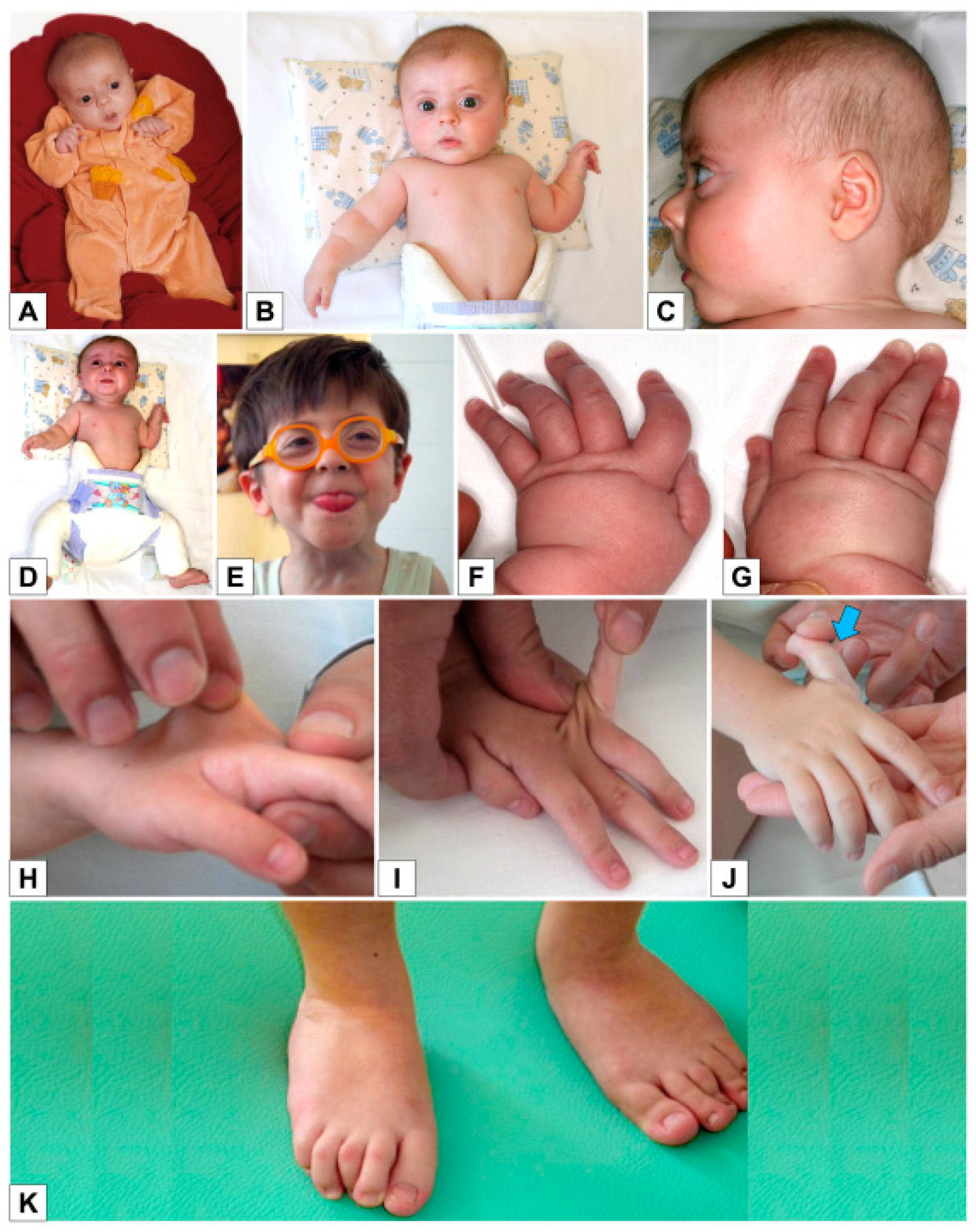
Genes Free Full Text Severe Peripheral Joint Laxity Is A Distinctive Clinical Feature Of Spondylodysplastic Ehlers Danlos Syndrome Eds B4galt7 And Spondylodysplastic Eds B3galt6 Html

Hypermobility Syndrome Therapies For Kids

How Hypermobility And Low Muscle Tone Affect Your Baby S Development Skills For Action
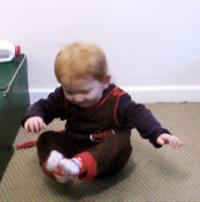
How Hypermobility And Low Muscle Tone Affect Your Baby S Development Skills For Action
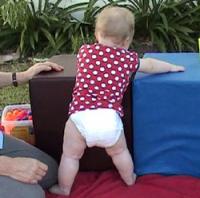
How Hypermobility And Low Muscle Tone Affect Your Baby S Development Skills For Action

Down Syndrome Or Trisomy 21 Therapies For Kids
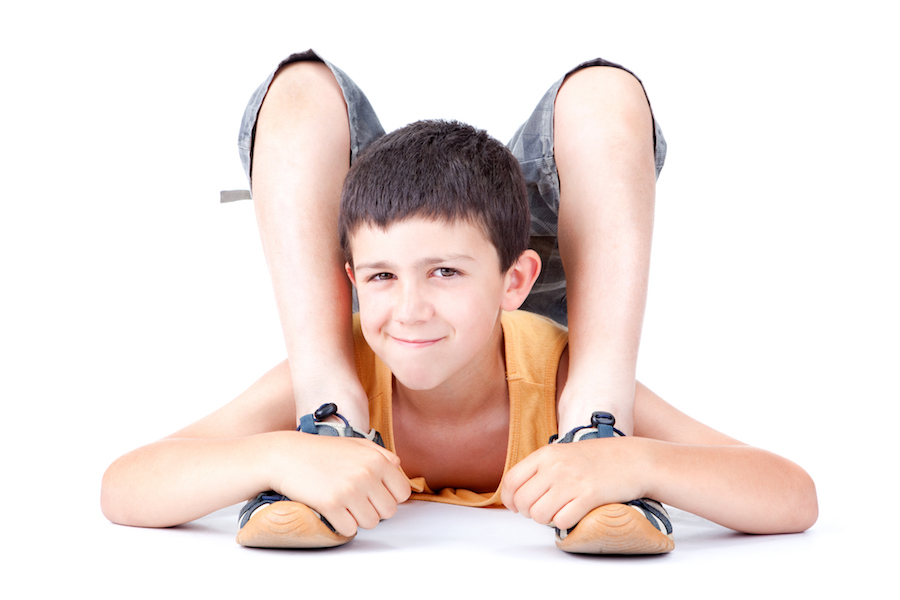
What You Should Know If Your Child Is Double Jointed Orlando Health Arnold Palmer Hospital For Children

How Hypermobility And Low Muscle Tone Affect Your Baby S Development Skills For Action

What Is Hypermobility In Babies Children Young Adults Therapy Stars

Joint Hypermobility In Children Inspired Gymnastics Ltd
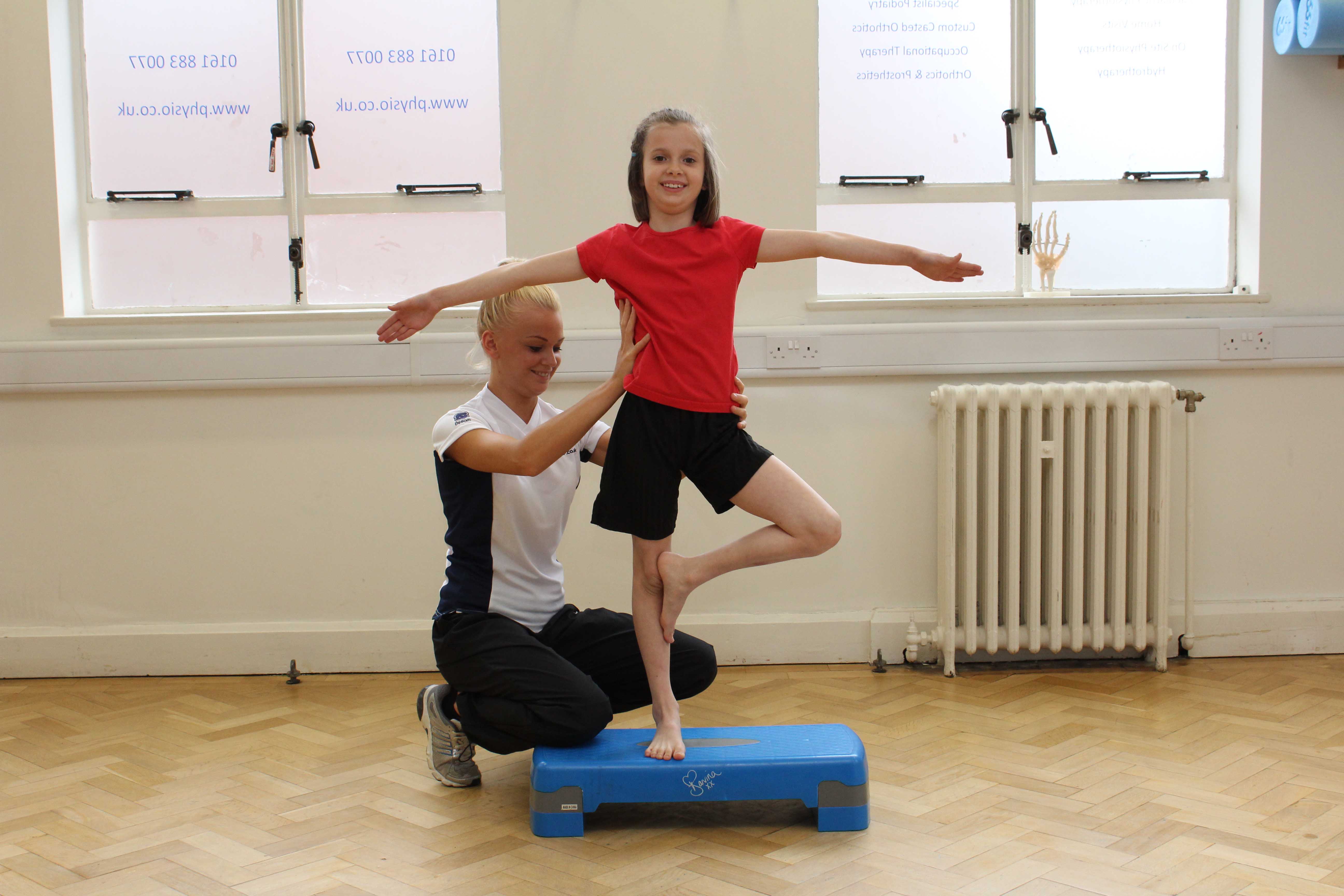
Hyper Mobility Syndrome Children Conditions Paediatric What We Treat Physio Co Uk

